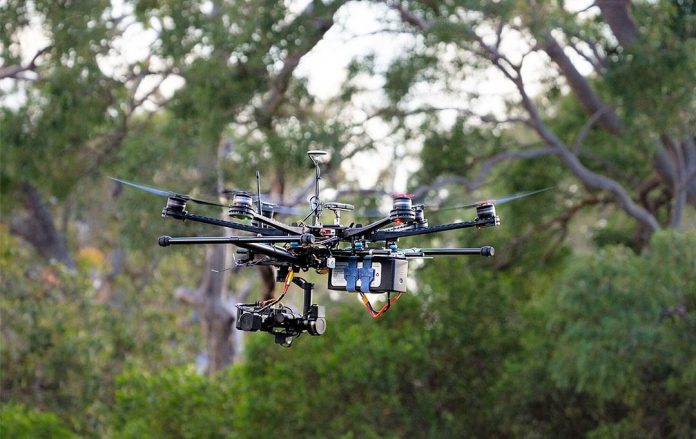Recent bushfires have devastated koala populations across Australia. Estimates suggest up to 40 per cent of the population in New South Wales has been wiped out and the populations that remain must be studied and protected.
It can be very difficult to spot koalas from ground level, even for expert observers so QUT researchers have been using drones and artificial intelligence (AI) detection to spot them from above – a faster and more accurate method.
QUT’s leading-edge technique for detecting koalas involves using drones fitted with infrared cameras and software containing an algorithm to identify the heat signatures of koalas.
Project lead, Associate Professor Grant Hamilton, has conducted field trials that are helping to map koala populations across Queensland and New South Wales to inform effective conservation decisions.
Efforts are now focused on conducting post-bushfire monitoring over affected areas and developing the AI algorithm to automatically detect other vulnerable species.
According to QUT, the scope of this project can be scaled to operate across large regions of Australia.
“With many of our native wildlife becoming extinct at alarming rates, drone and AI detection offer a consistent and efficient method for managing populations,” Associate Professor Hamilton said.
“As we develop algorithms than enable more species to be detected, this becomes an ever more powerful approach for monitoring and saving our wildlife and the environment.”
#sen.news









